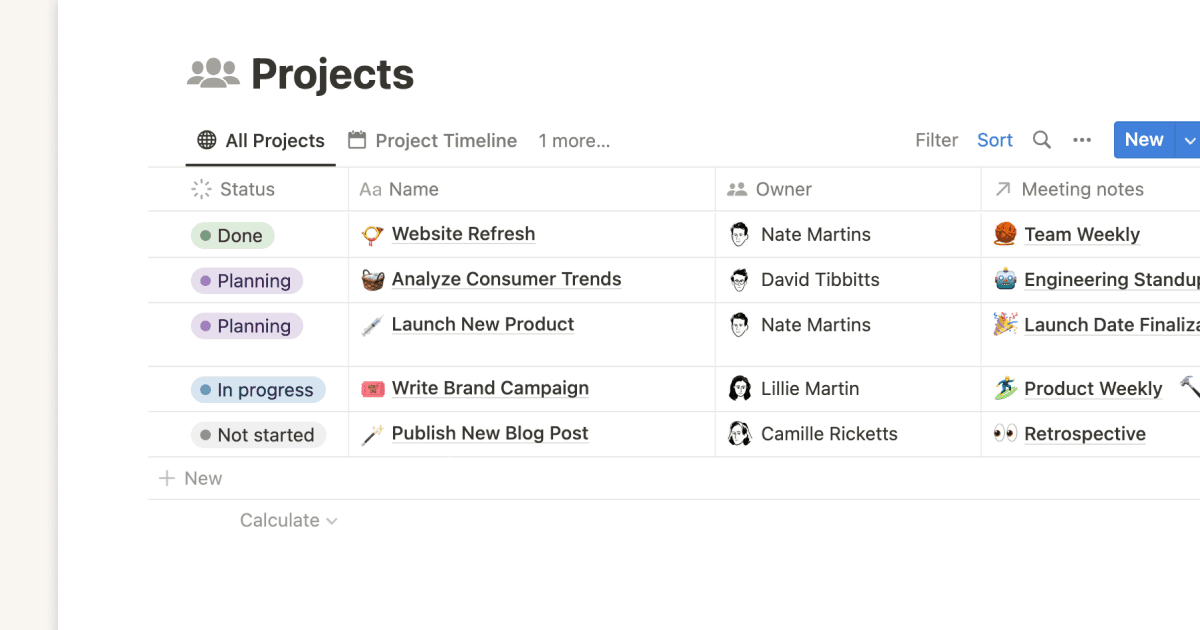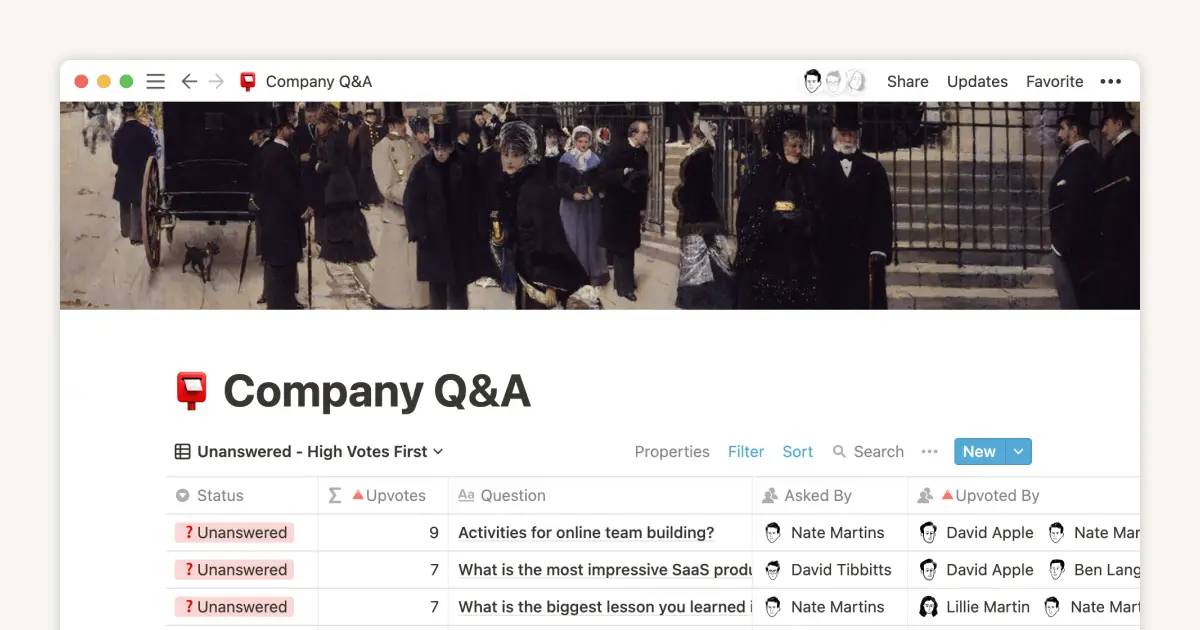How to Craft the Perfect Meeting Objective

템플릿 설명
The "Crafting the Perfect Meeting Objective Checklist" is a pivotal tool designed to enhance the efficacy of meetings by establishing a clear and focused agenda. This checklist not only serves as a litmus test to determine the necessity of a meeting but also ensures that each meeting is purpose-driven and aligned with the overarching business goals.
A well-defined meeting objective acts as a compass, directing all participants towards a common goal and maximizing the productivity of the time spent together. This objective should be a clear question that requires a collective effort to answer, ensuring that all attendees are engaged and contribute meaningfully to the discussion. The checklist emphasizes the importance of specificity in the objective, which helps in addressing precise issues, thereby reducing attendee bloat and enhancing focus.
For a meeting objective to be effective, it must tick several boxes: it must be specific, answer a pertinent question, require collective input, align with business goals, and provide clear next steps. Each objective should be self-contained, not requiring further questions to be relevant, and should result in measurable outcomes that signify whether the objective has been met.
Turning bad objectives into good ones involves transforming general statements into actionable queries that drive specific outcomes. For instance, rather than merely reviewing quarterly progress (a vague and passive activity), a good objective would involve analyzing progress against specific goals and discussing strategic adjustments to ensure targets are met. This approach not only clarifies the purpose of the meeting but also ensures that it directly contributes to the business’s strategic objectives.
Implementing this checklist transforms meetings from routine administrative tasks into strategic sessions that can significantly impact business success. It encourages preparatory work among participants, ensuring that the meeting time is spent on decision-making rather than information dissemination. Ultimately, this structured approach to meeting objectives leads to more effective meetings, clearer outcomes, and a more focused workforce.













